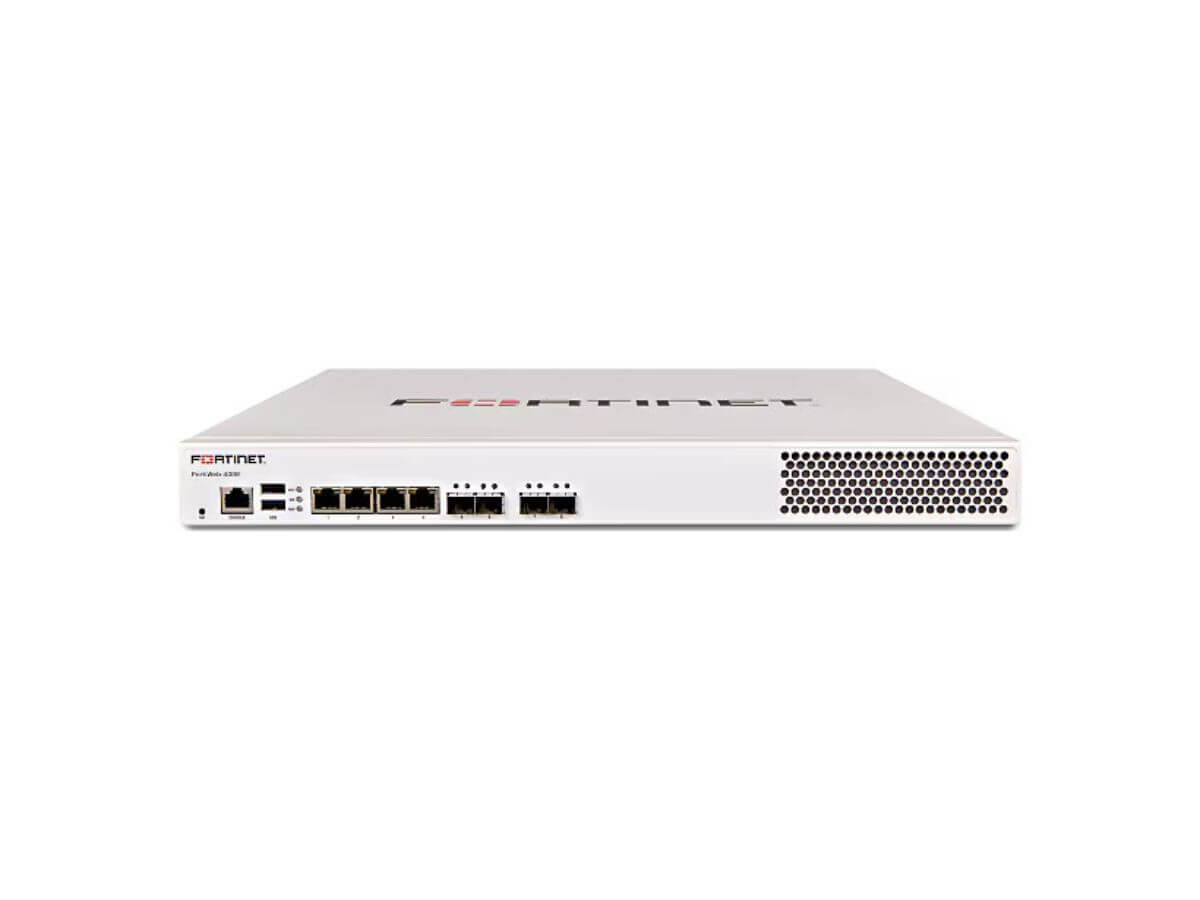FortiWeb (Malaysia)
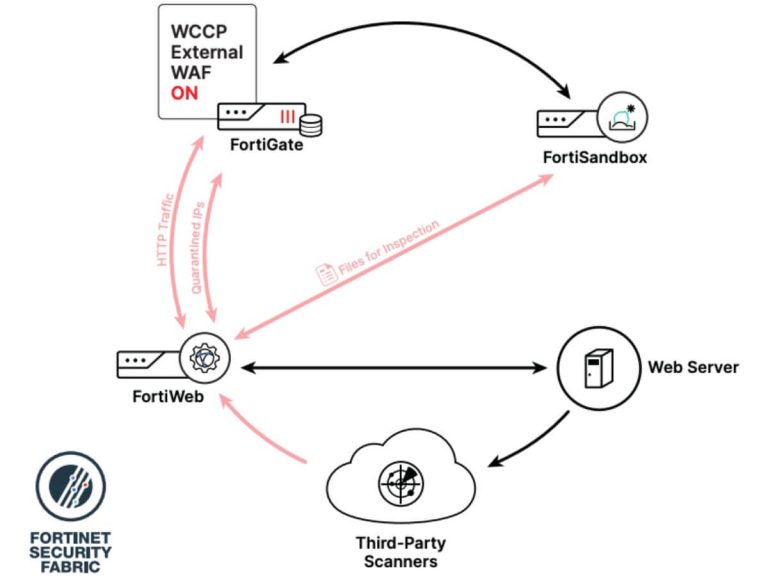
Image via fortinet.com
Reduce false positives and keep your web applications secure while staying ahead of cyber threats.
- Secure your web-based applications with advanced AI-driven threat detection.
- Block SQL injection, cross-site scripting, and other cyber threats in real-time without compromising performance.
- Seamlessly integrate with your on-premise, cloud, or hybrid environments and scale your business with confidence.
What is a FortiWeb?
FortiWeb is a web application firewall that protects websites, applications, and APIs from cyber threats. Using customizable policies, it ensures security without creating excess administrative overhead, making it ideal for ecommerce, customer portals, and internal applications.
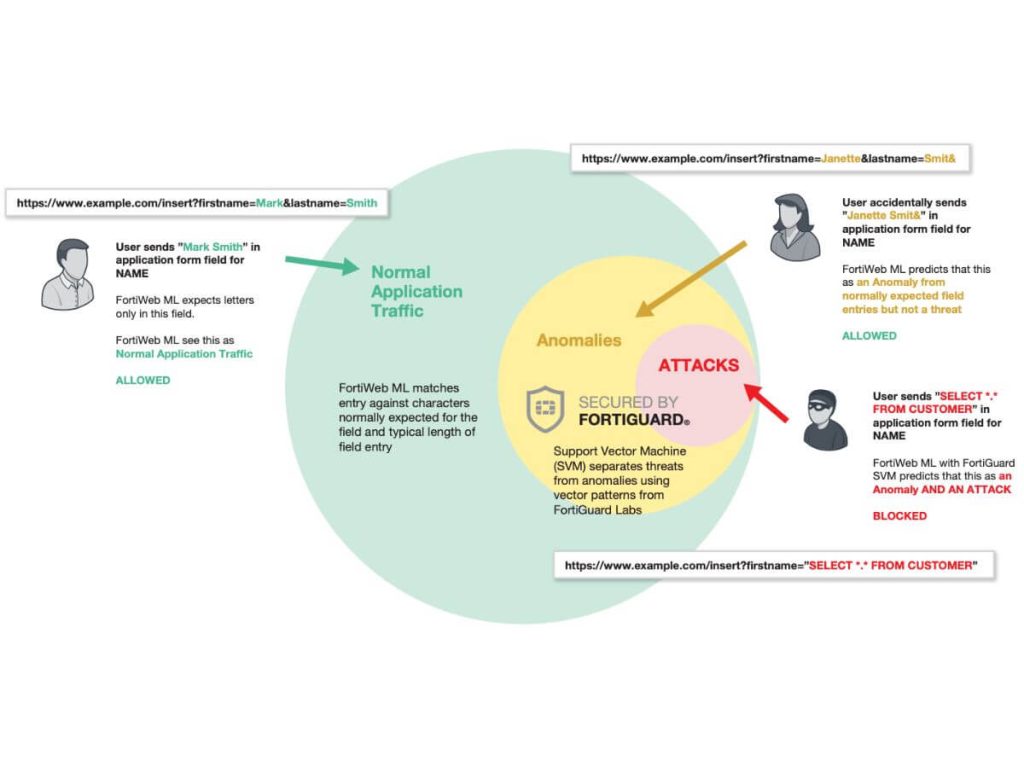
Image via fortinet.com

Image via gartner.com
Features and Capabilities
Safeguard your APIs with security protocols and gain real-time insights with monitoring tools.
Web Application Protection
Protect your site from OWASP Top-10 threats like SQL injection and cross-site scripting, while stopping DDoS attacks, blocking malicious bots, and defending against advanced security risks.
ML-based Threat Detection
Leverage AI-based machine learning (ML) to block zero-day attacks, detect threats proactively, and minimize false positives—delivering powerful, comprehensive security against emerging threats.
Security Fabric Integration
Protect your network from advanced threats by integrating seamlessly with FortiGate NGFWs and FortiSandbox to stop APTs and block sophisticated cyberattacks in real time.
Advanced Analytics
Simplify your workflows with tailored playbooks and advanced threat-hunting tools that proactively identify attack patterns and eliminate security risks.
False Positive Mitigation
Streamline your policy management and block unwanted traffic effortlessly, while ensuring legitimate traffic flows smoothly and securely.
Hardware-based Acceleration
Secure your applications with industry-leading WAF throughput and seamless performance. Encrypt and decrypt traffic instantly to protect sensitive data without slowing down your operations.
Models and Specifications
Get the right FortiWeb’s model to deliver unmatched security to keep your web applications safe.

Image via fortinet.com
Throughput (HTTP) | 100 Mbps | |
Total Interfaces | 4x GE RJ45 Ports |

Image via fortinet.com
Throughput (HTTP) | 1 Gbps | |
Total Interfaces | 4x GE RJ45 (2 bypass) |
Get the Best Price for FortiWeb
Protect your web applications with advanced security that stops cyber threats before they strike.
FAQs on FortiWeb
FortiWeb is a web application firewall solution that offers a range of services to protect web applications from various web-based threats. Here are some of the services offered by FortiWeb:
- Web Application Firewall: A vital service that stops unwanted traffic and shields users from assaults like SQL injection and cross-site scripting.
- Bot Mitigation: Detects and blocks suspicious activities to defend against automated bot assaults.
- Vulnerability Scanner: Scans web applications for vulnerabilities and recommends remediation actions.
- Sandbox Integration: Provides advanced threat protection by analyzing traffic in a virtual sandbox environment.
- SSL/TLS Offloading: Inspects encrypted traffic for threats without impacting performance.
- Advanced Analytics and Reporting: Provides detailed reports and threat analytics to help administrators monitor and manage their web application security posture.
While both WAFs and firewalls are cybersecurity solutions, they have some critical differences.
A firewall is a network security device that monitors and controls incoming and outgoing traffic based on predetermined security rules. It typically protects against attacks that come from the network and is focused on the transport layer (Layer 4) and network layer (Layer 3) of the OSI model. The function of firewall is to control traffic based on IP addresses, port numbers, and protocols, and they often use stateful packet inspection to analyze network traffic.
A WAF, on the other hand, protects hosted web applications from attacks that exploit known and unknown vulnerabilities in the application layer (Layer 7) of the OSI model. It is specifically tailored to defend against web-based and other application-layer attacks. WAFs analyze web traffic in real-time and use a set of rules to identify and block malicious traffic.
In summary, while firewalls protect the entire network from network-based attacks, WAFs protect specific web applications from web-based attacks targeting the application layer.
WAFs can be either hardware-based or software-based.
Hardware-based WAFs are typically specialized network security devices that are designed to handle high volumes of web traffic. They are installed inline between the web server and the internet and are typically deployed in a load-balanced configuration to handle high traffic loads. Hardware-based WAFs are generally more expensive but can offer better performance and scalability.
Software-based WAFs, on the other hand, are installed on the web server or as a software module in a reverse proxy server. They run on standard server hardware and can be deployed as a virtual machine. Software-based WAFs are generally less expensive and easier to deploy, but they may have performance limitations and may not be suitable for high-traffic environments.
Both hardware-based and software-based WAFs have their advantages and disadvantages, and the choice between them will depend on the specific needs and requirements of the organization.
Other Products From Fortinet
Discover how products within Fortinet Security Fabric protect your assets against security breaches.
Get top-rated network security protection from threats with this scalable next-generation firewall solution.
Secure your endpoint devices with advanced malware protection and real-time threat intelligence.
Upgrade your network with adaptable access points, offering secure wireless connectivity for any setting.
Unrivaled Third-Party Certifications and Recognitions




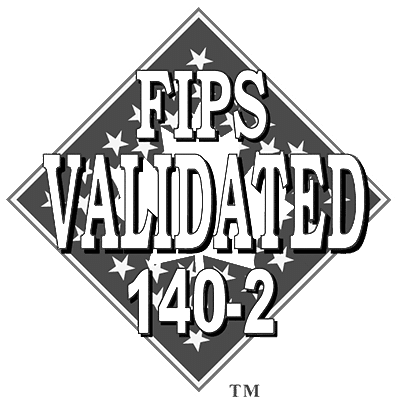
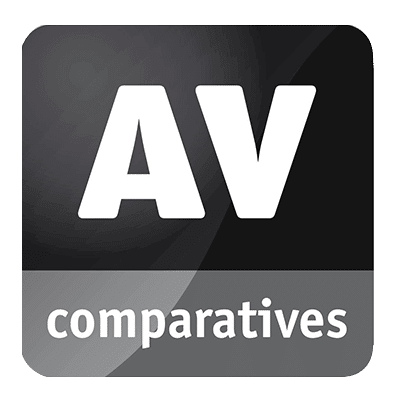


These certifications and recognitions demonstrate FortiWeb’s commitment to providing industry-leading security capabilities and its ability to meet the rigorous standards of third-party evaluators.
Protect Your Web Application and Data with FortiWeb
Take immediate control over the security of your web applications with FortiWeb. This comprehensive web application firewall solution enables you to protect your business in Malaysia from known and unknown vulnerabilities, saving you time and money.
Don’t wait – get started now to help ensure the safety and integrity of your applications before it’s too late.
